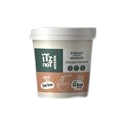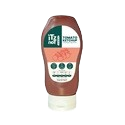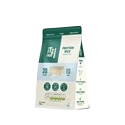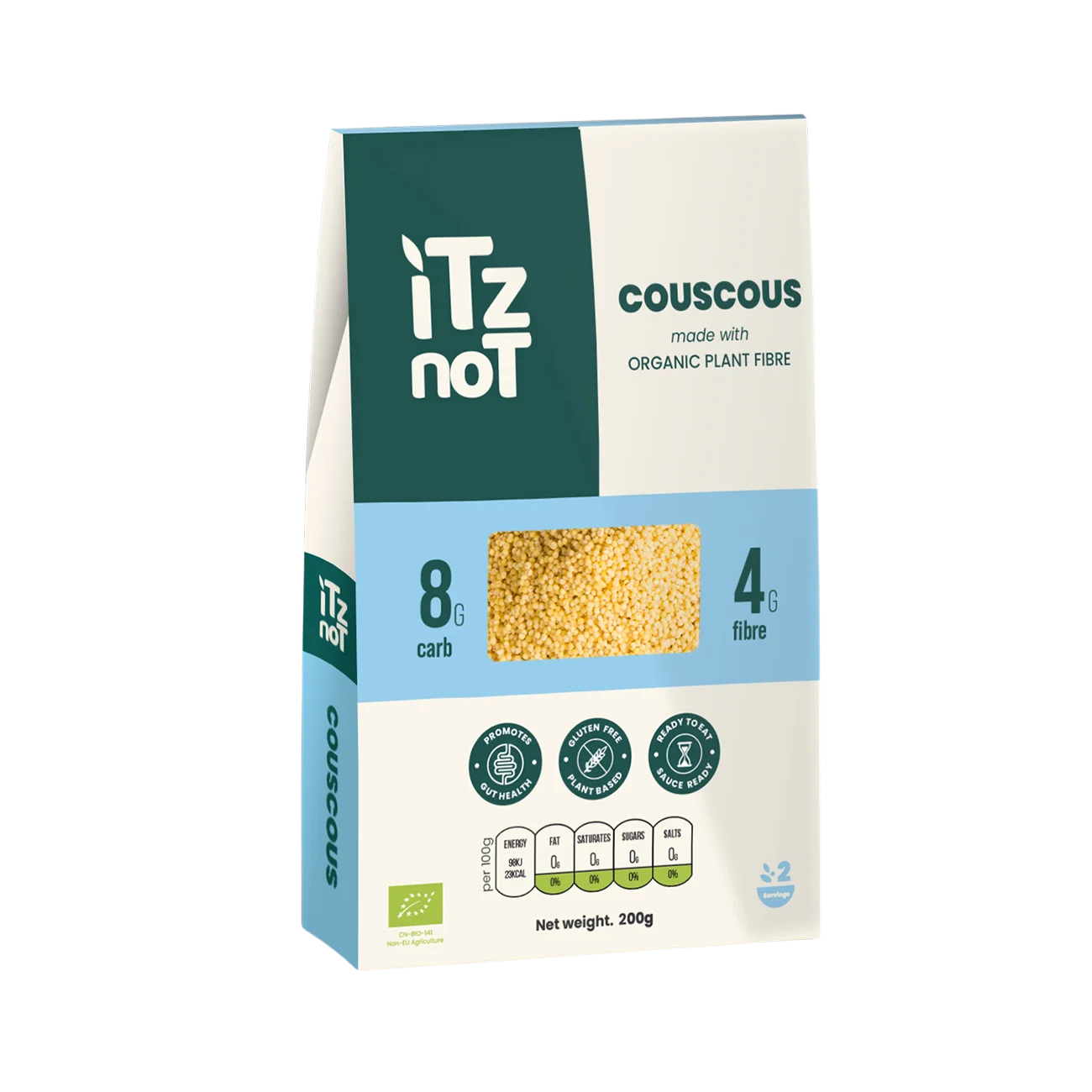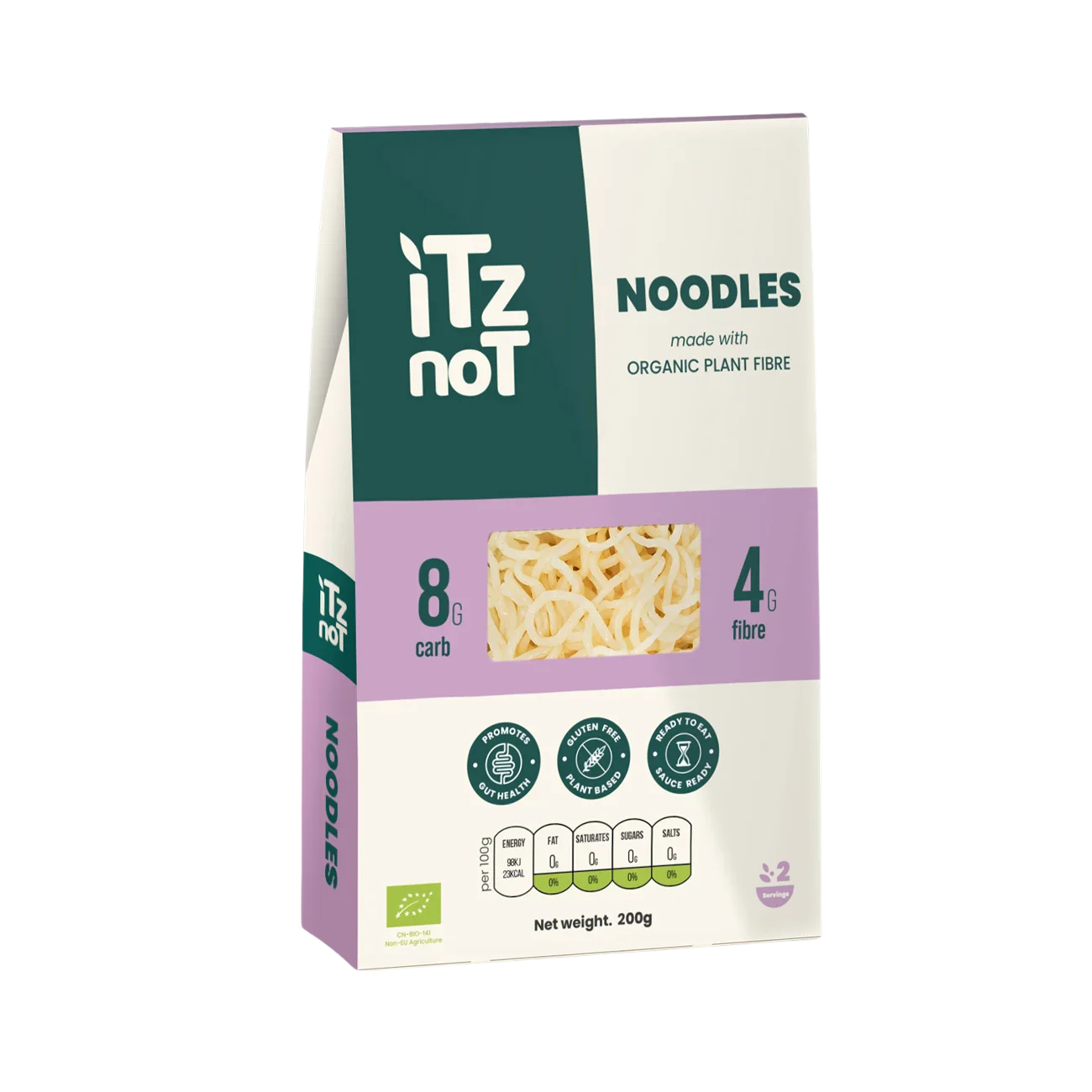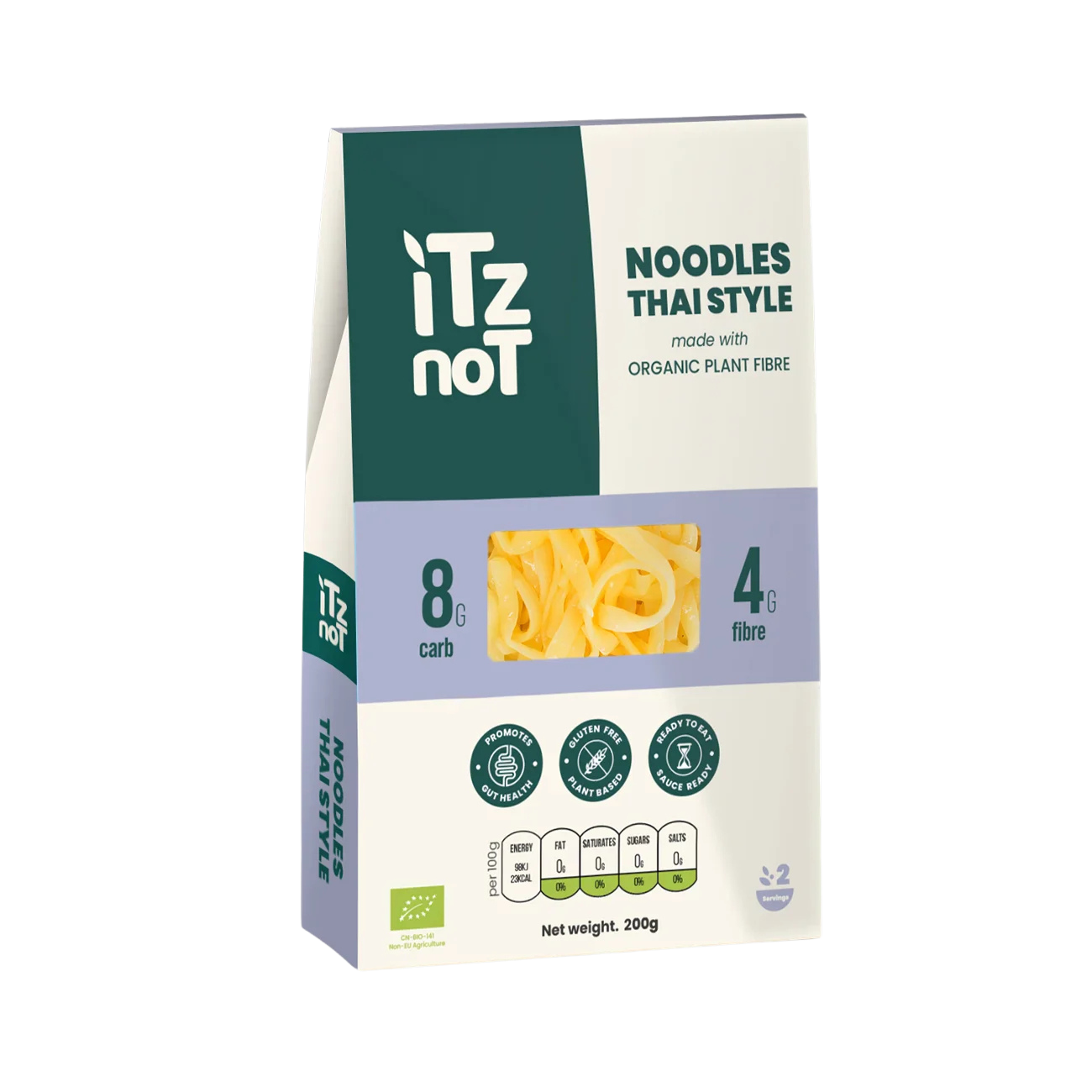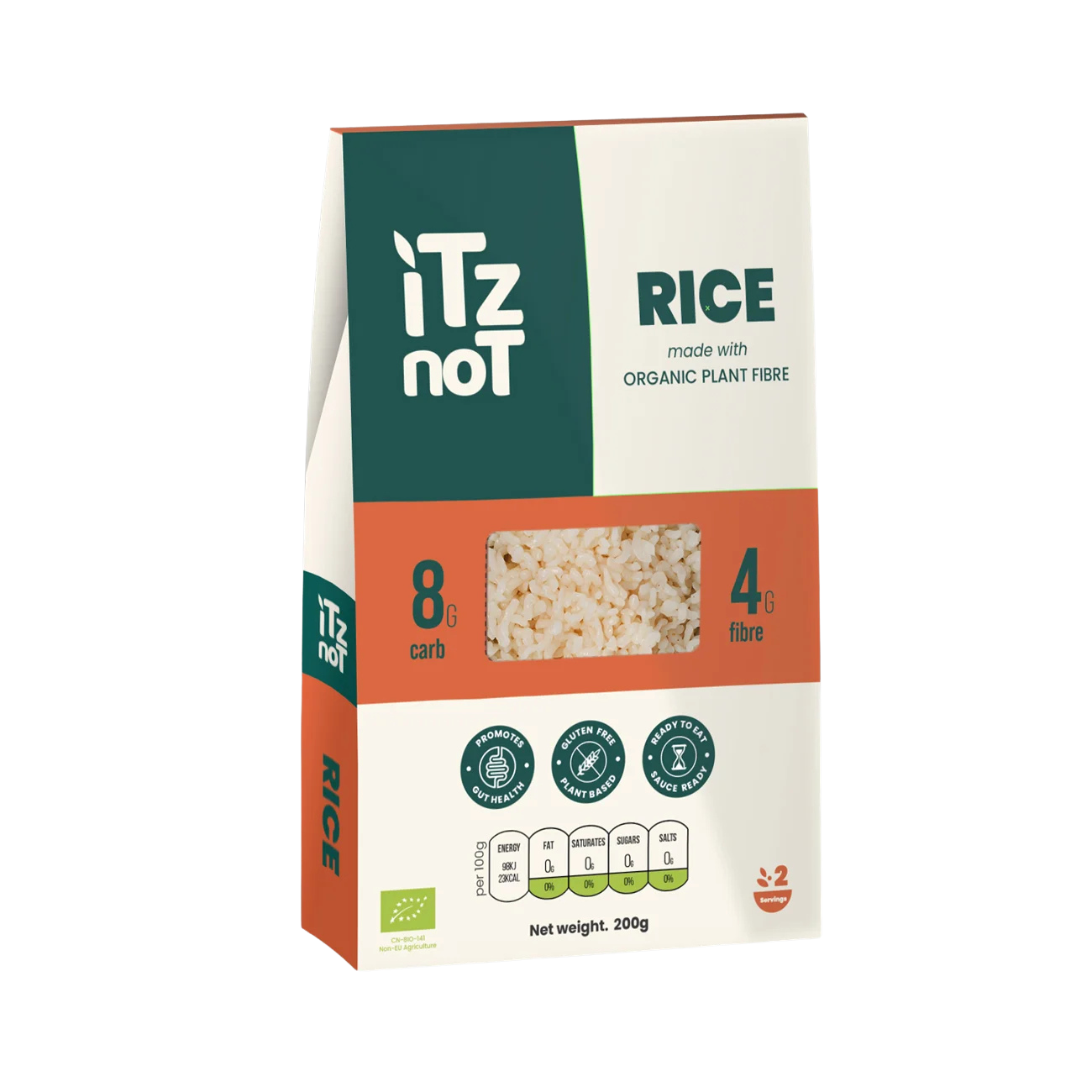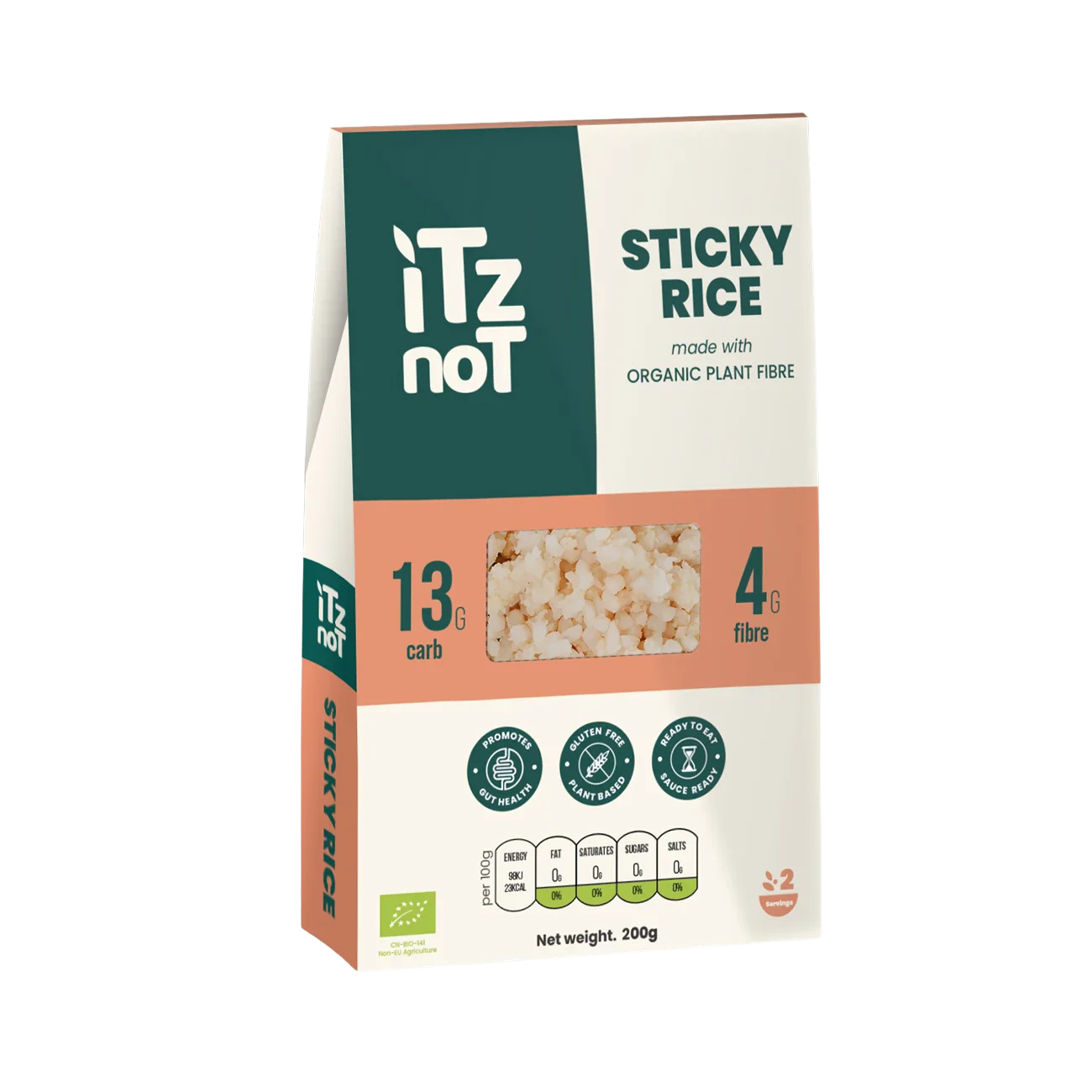
Technology for Heart Health: How Wearables and Apps Can Help You Stay on Track

Technology for Heart Health: How Wearables and Apps Can Help You Stay on Track
In today's digital age, technology is revolutionizing how we approach healthcare, and heart health is no exception. Wearable devices and smartphone apps are empowering individuals to take a more proactive role in managing their cardiovascular well-being.
How Technology Can Help:
- Track Key Metrics:
- Wearable Devices: Fitness trackers and smartwatches can monitor your heart rate, activity levels, sleep patterns, and even blood oxygen saturation.
- Apps: Numerous health and fitness apps can track your diet, exercise, stress levels, and other relevant data.
- Personalized Insights:
- Data-Driven Feedback: These technologies provide valuable insights into your daily habits and how they impact your heart health. You can see trends in your activity levels, sleep quality, and resting heart rate.
- Goal Setting and Tracking: Many apps and devices allow you to set personalized goals and track your progress towards achieving them.
- Increased Motivation:
- Gamification: Many apps incorporate gamification elements, such as rewards and challenges, to keep you motivated and engaged.
- Community Support: Some platforms allow you to connect with friends, family, or online communities for support and encouragement.
- Early Detection:
- Abnormal Heart Rate Detection: Some wearables can detect irregular heart rhythms, potentially alerting you to potential issues that require further medical attention.
- Sleep Apnea Detection: Certain devices can monitor sleep patterns and identify potential sleep apnea events, which can increase the risk of heart problems.
· Remote Patient Monitoring:
o Telehealth Integration: Some devices and apps can transmit data directly to healthcare providers, allowing for remote monitoring of patients with heart conditions and facilitating timely interventions.
· Improved Communication with Healthcare Providers:
o Data Sharing: Some platforms allow you to share your health data with your doctor, facilitating more informed discussions and better-informed treatment decisions.
Choosing the Right Technology:
- Consider your needs and budget: There are a wide range of devices and apps available, with varying features and price points.
- Look for user-friendly interfaces: Choose devices and apps that are easy to use and understand.
- Prioritize data privacy and security: Ensure that your personal health data is handled securely and responsibly.
- Consult with your doctor: Discuss your options with your doctor to determine which technologies are most appropriate for your individual needs and health goals. They can help you choose devices and apps that are compatible with your existing medical conditions and medications.
Conclusion:
Technology is transforming how we approach heart health, empowering individuals to take a more active and informed role in their cardiovascular well-being. From tracking key metrics and setting personalized goals to receiving early warnings of potential health issues and improving communication with healthcare providers, wearable devices and health apps offer exciting possibilities for improving heart health outcomes. While these technologies should not replace professional medical advice, they can be valuable tools for enhancing your heart health journey. Remember to choose devices and apps that align with your needs and preferences, prioritize data privacy and security, and always consult with your doctor for personalized guidance.


